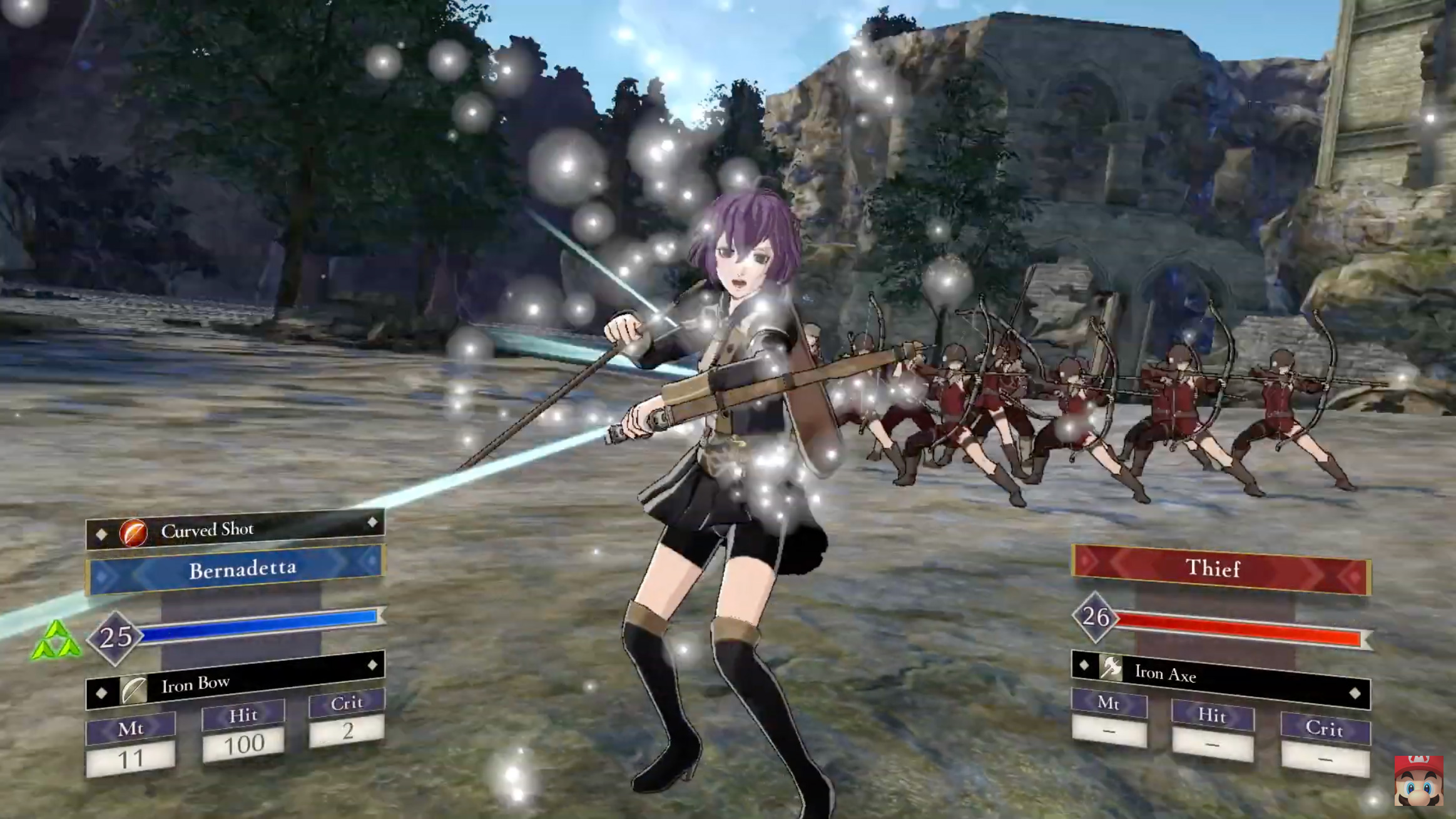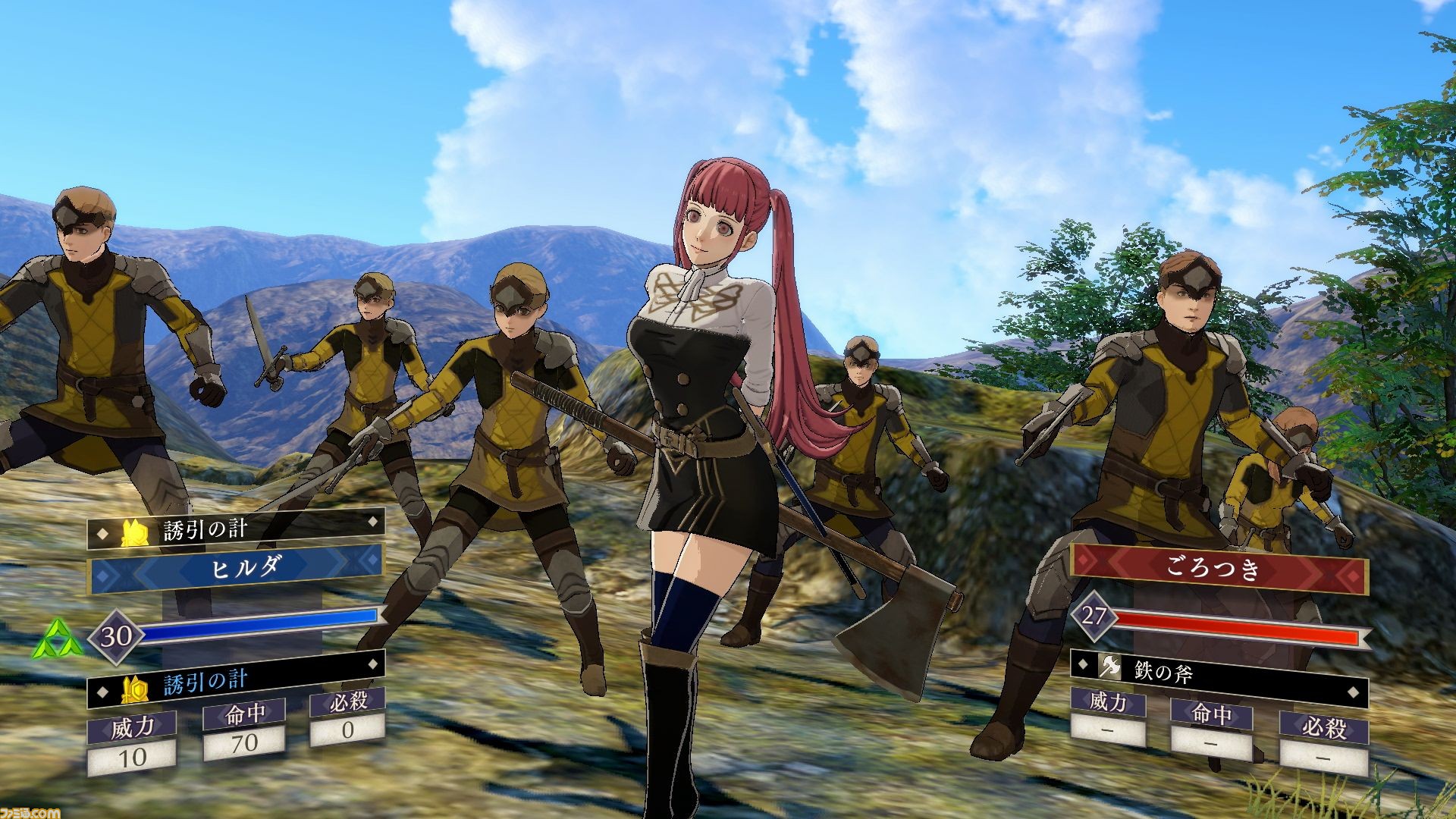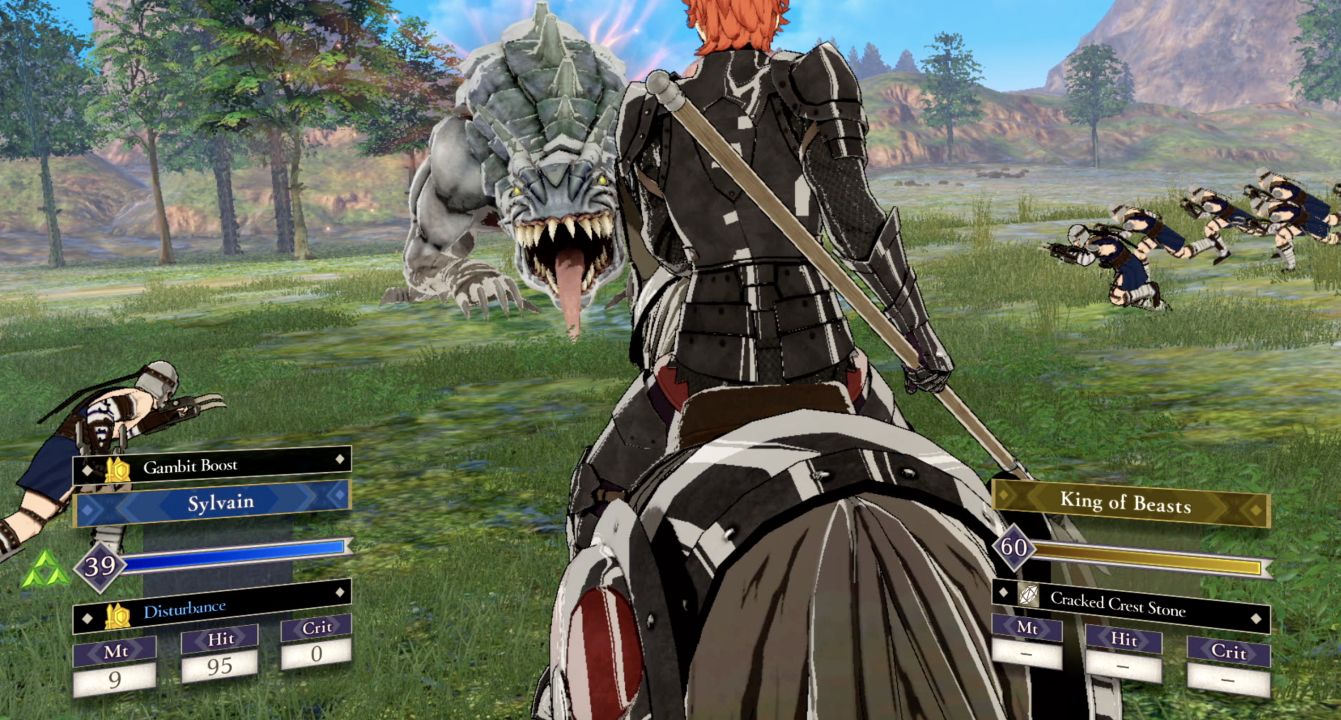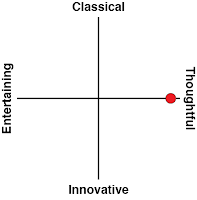Fire Emblem has traditionally been known for three things. Firstly, everyone knows the characters of Fire Emblem. Everyone has their favourites. They’re usually gorgeous and sexy, and that’s just great. Secondly, Fire Emblem is known for its expansive, epic narrative arcs. Thirdly, it’s known for a remorseless difficulty and permadeath mechanic, through which you will regularly have to restart 60-minute battles because a character got themselves killed, and you can’t afford to lose them.
Related reading: Our review of the other Fire Emblem on Nintendo Switch – Fire Emblem Warriors
Fire Emblem: Three Houses is a masterful example of all three qualities. But only when it’s focused. Far too often the developers seem to have lost sight of what makes Fire Emblem so potent and Three Houses teeters dangerously close to falling from the precipice at points. Thankfully, it gets things right more often than not, so (like with many of the over-sexed and permanently horny characters), we can forgive it its indiscretions.
Three Houses follows the stories of three nobles, and the assortment of heroes that form up behind them. The world is split into three nations, with an uneasy peace and balance existing between them. Each of those nations has its own intrigues and political dramas, but what is most fascinating of all is the power that a single religion seems to hold over all three. After all, all three nations sent their future leaders to an academy run by this religion to learn how to conduct war and become great leaders. Learning the whys and wherefores behind this premise provides a truly epic narrative arc. Without giving anything away (and there are a lot of themes that I want to delve into, but will save for a spoiler-heavy essay down the track), this is the kind of narrative that has a time jump and twists and turns that will clearly reverberate through the world’s history for eons. It’s the kind of story where you’ll come away hoping that Intelligent Systems has a sequel in mind, just to see how the world has recovered from these events.
But what I can say without spoilers is that this church does not seem to be a bastion of purity and good will, right from the outset. Within the first couple of missions (barely a blink of the eye in the context of this one), you’re sent on your way to put down a rebellion, and the way in which the priestess running the whole show frames that miniature war is… chilling, in its militancy. Even in the game’s very beginning, the protagonist is introduced as the son or daughter of a mercenary knight who is pressed into service with the church, and he’s clearly not comfortable with taking on this new role. Right from the start you know that something grand is afoot, and Three Houses has one very confident approach to storytelling. It takes so long to deliver its major revelations that is has to be confident that you’ll too hooked on it to stop playing.
Intelligent Systems relies on you caring about the deepening relationships with each of the characters to keep you playing as the overarching narrative slow burns its way towards something compelling. Each of the houses has its own roster of characters, and with very few exceptions all those characters are absolutely marvellous. As overarching types they’re familiar enough – there’s the precocious youths, the arrogant, pompous nobles, the sex kittens and of course there’s Sain. Only this time he has red hair. For people who aren’t familiar with Fire Emblem The Blazing Blade from back on the GBA, Sain was my hero… I mean a knight that had a pathological need to flirt up every woman he came across. He has become something of a Fire Emblem “type” ever since and I wasn’t disappointed when he showed up here. My favourite, however, is Pink Miku. Her actual name is Hilda, but Pink Miku likes singing and fashion and has an endless capacity for convincing people – especially men – to basically do everything for her, because she’s rather lazy. On the battlefield, however, she’s a whirling dervish with her axe, and I quickly came to rely on Pink Miku to be my entire front line in battle.
As with all Fire Emblem titles, as characters spend time on the battlefield together, their relationship deepens, and after a short cut scene in which they get to know one another on a deeper level, they gain stat boosts when fighting close together thereafter. This has always been the most wonderful system for creating the impression of comrades-at-arms bonding with one another, and it has always been such a feature because the characters and their interactions have always been so well written. Three Houses continues that tradition in style, as rivals become friends, friends become even closer friends, and characters in general grow up and learn their place in the world by making small talk with people from very different walks in life. Some of these character interactions are hilarious, like when Pink Miku decides to teach makeup and beauty to one of the precocious youth-type characters. Others are more serious in tone, but they’re all written beautifully, and are something to look forward to each and every time.
The academy setting thematically suits Fire Emblem for that reason. Each of the characters are just starting out in life, so the escalation in the conflicts that they participate in mirrors their coming of age story arcs nicely. It’s just a pity that the academy itself is such a dull, monotonous affair. As I wrote in a preview opinion piece, for far, far, far too long into the game, you’re required to constantly come back to the academy in order to complete little tasks, go fishing, cook up some meals, throw some seeds into the garden, and run through study routines. The balance improves in the later half of the game, but Three Houses is a very, very long campaign, so when I say “the first half” I do mean a length of time longer than it takes most other titles to get to the credits. I understand that the developers were trying to build setting and establish that there is more to school life outside of the battles, but it’s handled in a very clunky, clumsy manner, and ends up being downtime that Fire Emblem never needed in the past, and doesn’t need now.
Related reading: Our review of the final Fire Emblem released on Nintendo 3DS
On the battlefield, the developers have messed with Fire Emblem formula less than early impressions suggested might happen. There was a big deal made of the “battalions” that you could take into battle prior to release. In previous Fire Emblem titles, when two heroes fought, you would be treated to a little clip of a one-on-one duel. In Three Houses, all those preview trailers showed units of soldiers fighting one another, with the hero in the middle. Sadly, in execution, this is more a case of visual smokes-and-mirrors than a major adjustment to the combat system. Battalions basically act like equipment; each one provides the hero with a range of statistic boosts, and if the battalion takes too much damage, it’s removed, no different in effect to that of a broken shield. Tactically it adds a bit, as you can compensate for a character with low accuracy statistics by equipping them with a battalion that enhances accuracy, for example, but going in I was looking forward to some kind of squad-based strategy being built into the formula, and that sadly was not to be.
The depth of character customisation is incredible, however. Characters can level up a dozen or so competencies, each of which will determine what “advanced” character types they can change into later on. Because they’re students, you can actually set them the task of studying something they’re not familiar in, so you can effectively change their progression paths and really turn any character into any type of hero you like. Pink Miku starts out as an axe-wielding whirling demon of doom, but if you want to turn her into a mage or healer, you can do that. With a huge range of equipment and battalion options backing that up, Fire Emblem’s character development system has as much depth as any fully-fledged JRPG you might play. While I can see that becoming intimidating for newer players, as it is a lot of management work as your team starts to grow in size, that level of customisation also allows for a lot of replay value in trying different combinations… which is good since, as the “Three Houses” moniker implies, Intelligent Systems wants you to play this game through three times at least.
On the battlefield, combat is vintage Fire Emblem, with large maps, plenty of enemies to face down, and the usual mix of terrain elements to add some tactical depth to the action. As with other recent Fire Emblem titles, you do have plenty of difficulty options to choose between, but unfortunately, for Fire Emblem veterans, that brutal difficulty isn’t there at the moment. Intelligent Systems have promised a free update with a higher difficulty setting down the track, but as things are currently, on the most difficult setting I only needed to restart a stage after losing a character four or five times across the campaign, so either I’ve become much better at Fire Emblem recently (I haven’t, as a recent replay of Blazing Blade showed me), or this one’s difficulty has been slightly lost among the balance of character customisation and level grinding opportunities.
Three Houses is so vibrant that I didn’t really mind the lack of difficulty. I was too invested in the characters, and looking forward to the next major plot point too much to really care. It can be bloated, messy, and unnecessarily padded with content at times, but when it comes to the core strengths of Fire Emblem – its character-driven epic fantasy, tight tactical battles and a full harem of both waifu and husbandos, Intelligent Systems have delivered something truly resonant with this one.
Become a Patron!










